Strange Ships at Sea, Part 2
The Sneakin' Mohican and other Philadelphia Experiment precursors
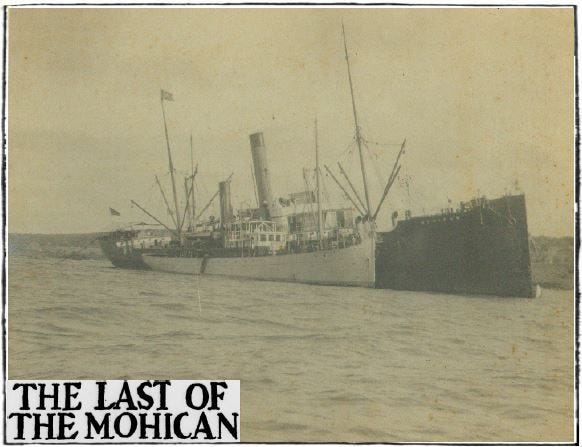
Part 1
Recap: The Philadelphia Experiment (PE) is a fantastical tale about a disappearing Navy escort ship and crew. While the truth behind the matter is hotly debated, there are some interesting historical precursors that might’ve played a role in the PE’s development. In Part 1 we examined Thomas Edison’s early tests with invisible boats and their crossover with the PE. In Part 2 we dig deeply into the story of the SS Mohican and its run-in with a supernatural phenomenon.
Before its date with high strangeness in the Summer of 1904, the SS Mohican found itself in the papers for other remarkable feats. In 1893 The Hartford Herald (12.6.1893) praised the “self-sacrificing heroism” of the Mohican’s “plucky skipper” and crew after they rescued 19 shipwrecked sailors from the Lady Lisgard—a crippled Norwegian vessel that was pummeled by a freak November storm in the North Atlantic. Five years later, the British steamer encountered another “waterlogged bark” adrift 250-miles off the coast of Ireland. Oddly enough, the men aboard the soggy ship denied the Mohican’s repeated offers of assistance and ultimately refused to abandon their craft (New York Sun, 2.19.1898).
That same year, the Mohican had a confrontation with six “presumably Spanish” warships off the coast of England. The “presumably Spanish” flotilla fired two blank warning shots at the British vessel, but took no further action after she announced her country of origin. Despite assuming that the Spanish Navy was behind the skirmish, the captain of the Mohican later admitted that foggy conditions made it difficult to positively identify the perpetrators (New York Sun, 5.21.1898).
As harrowing as these early maritime adventures were, they paled in comparison to the bizarre encounter that awaited the ship in 1904. The stranger side of the Mohican and its parallels to the PE have been chronicled before, but few have traced the various iterations that appeared in newspapers across the country. The unusual account contains many components that would later become hallmarks of the PE: A Philadelphia setting, a peculiar cloud surrounding the ship, weird electromagnetic forces at work, and sailors that were physically impacted (hair stood on end due to “magnetic power of the cloud”).
The Mohican’s supernatural story appeared in multiple papers across the eastern seaboard on August 1, 1904. The Philadelphia Inquirer’s headline, “Electric Cloud Envelops Ship,” explained how the British steamer was innocently chugging along just after sundown in the coastal waters outside Delaware Bay when it was set upon from the southeast by a “strange gray cloud.” Described by the captain as several-hundred feet in size, the odd weather formation was “spotted like a leopard’s back with bright, glowing patches.” It quickly made an unnatural beeline for the Mohican and settled over top of the ship.
The luminous cloud generated a “strange magnetic effect” that made it nearly impossible for the men on board to pick up metal objects. After being enshrouded for 10 minutes, they found it hard to move at all as their bodies reacted to the effects of a mysterious metallic vapor so dense that “it would not carry sound.”
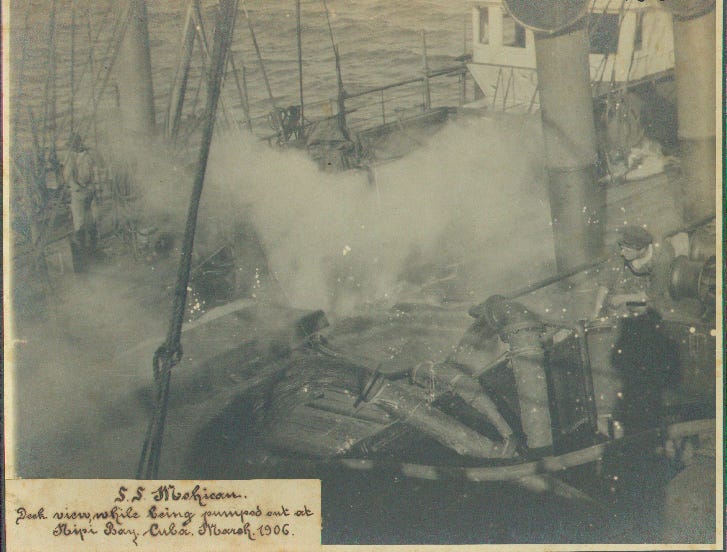
The spooky stand-still lasted for 30 minutes before the atmospheric assailant moved off over the horizon.
Besides Pennsylvania, the Mohican’s story also made print that first day in Iowa (Evening Times-Republican), West Virginia (The Fairmont West Virginian), and Kansas (The Topeka State Journal). Some of these reports added a detail that was lacking from the Inquirer’s version—noting that the seamen were so frightened by their experience with the magnetic cloud that they “fell on the deck and prayed.”
By Tuesday, August 2, it was news on the west coast (The Morning Astorian, Oregon). On Thursday, southern readers in Texas (The Brownsville Daily Herald) were exposed to the astonishing tale. The following week, the island state of Hawaii ran with the narrative when The Pacific Commercial Advertiser (8.9.1904) updated their tropical patrons with information concerning the British steamship and its encounter with the unknown.
The Mohican’s terrifying experience even reached the shores of England by mid-month after it traveled abroad aboard an American liner bound from Philadelphia to Queensland (The Washington Times 8.19.1904).
Not everyone was taken in by the Mohican’s saga. The San Francisco Call (8.23.1904) questioned the captain’s veracity, sarcastically labeling the report “a good one.” The paper found it about as believable as “the annual summer sea serpent yarn,” but gave points for “novelty.”
The editor of New Jersey’s Bridgeton Pioneer suggested that members of the Mohican might have been “seeing things”—perhaps “only a collection of the famous Jersey mosquitoes”—before later conceding that the steamer’s encounter sounded more genuine than sightings of sea creatures and other “marine marvels and monsters.” They didn’t rush to blame the encounter on “the skipper’s whisky,” instead suggesting that the ship probably tangled with “a real magnetic cloud.” The article pointed to the “minuteness of detail” which was “fully corroborated by the crew” as evidence of the account’s likely legitimacy.
In any case, the tale was viewed as a “welcome variation from the sea serpent stories” that were the usual fare peddled by sailors in port.
Despite its ostensible run-in with the unknown, the SS Mohican stayed in service until 1917—the same year that Edison ramped up his experiments with invisible ship technology. While there’s likely no direct relationship between the Mohican’s disappearance from duty and Edison’s experiments with marine camouflage, the overlapping timelines are an interesting coincidence.
A review of the Mohican’s weird tale begs questions about its origins. What inspired this early, offbeat narrative about an electromagnetic cloud harassing a ship in 1904?
The timing of the report provides a probable clue.
Two months before the Mohican was apprehended by a shiny metallic mist, a gruesome maritime accident claimed the lives of 1,021 passengers when the triple-decker steamboat General Slocum caught fire in New York City’s East River. It was the city’s deadliest incident prior to 9/11 and left an indelible mark on the entire country. Society was inundated with accounts about unfortunate women and children burning alive on board the fire-gripped pleasure cruiser. This was the cultural context in which the Mohican’s story later appeared.
The Slocum tragedy likely prompted portions of the Mohican tale that describe a “fiery coating” around the ship while it was within the mysterious cloud. The crew reportedly “flitted about the deck like glowing phantoms” and looked like they were “immersed in hellfire.”
Imagining the Mohican being consumed by “a mass of fire” would have struck an emotional chord with a public still recovering from the “Steamboat Slocum Horror.” The progenitors of the Mohican tale might have invoked this traumatic scene—where scores of flaming victims leapt overboard to their deaths—to deliberately elicit an emotional response in their readers.
Part 3 (coming soon) will conclude by revealing of one of the largest (and least talked about) inspirations behind the legendary Philadelphia Experiment.


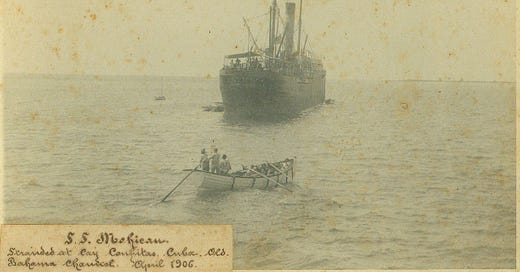


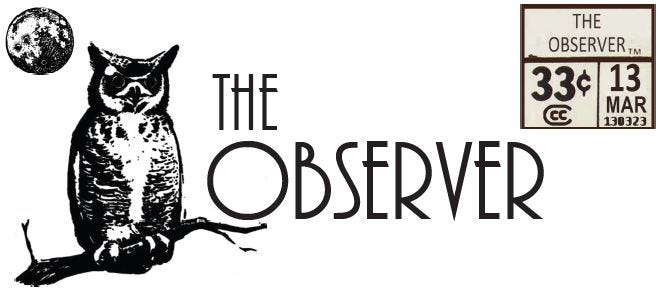

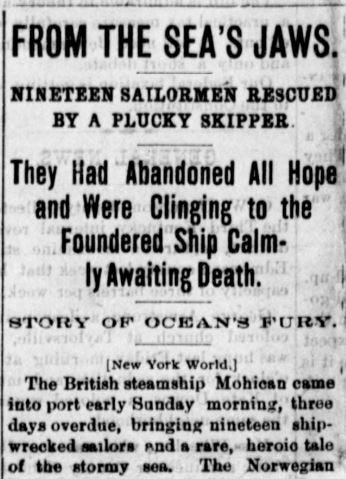

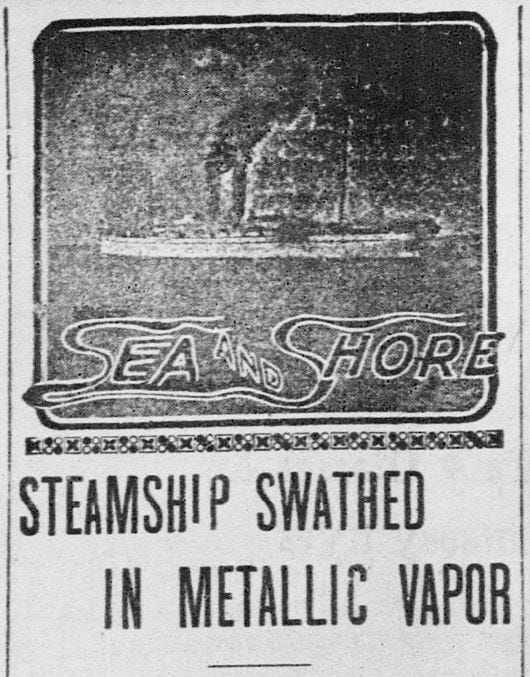
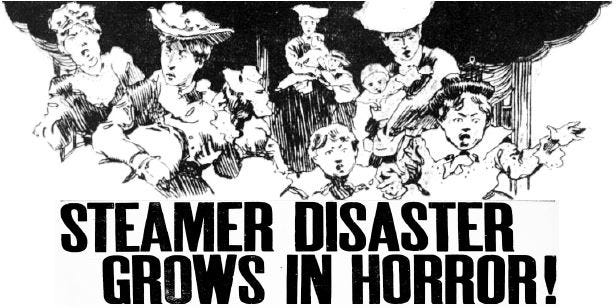
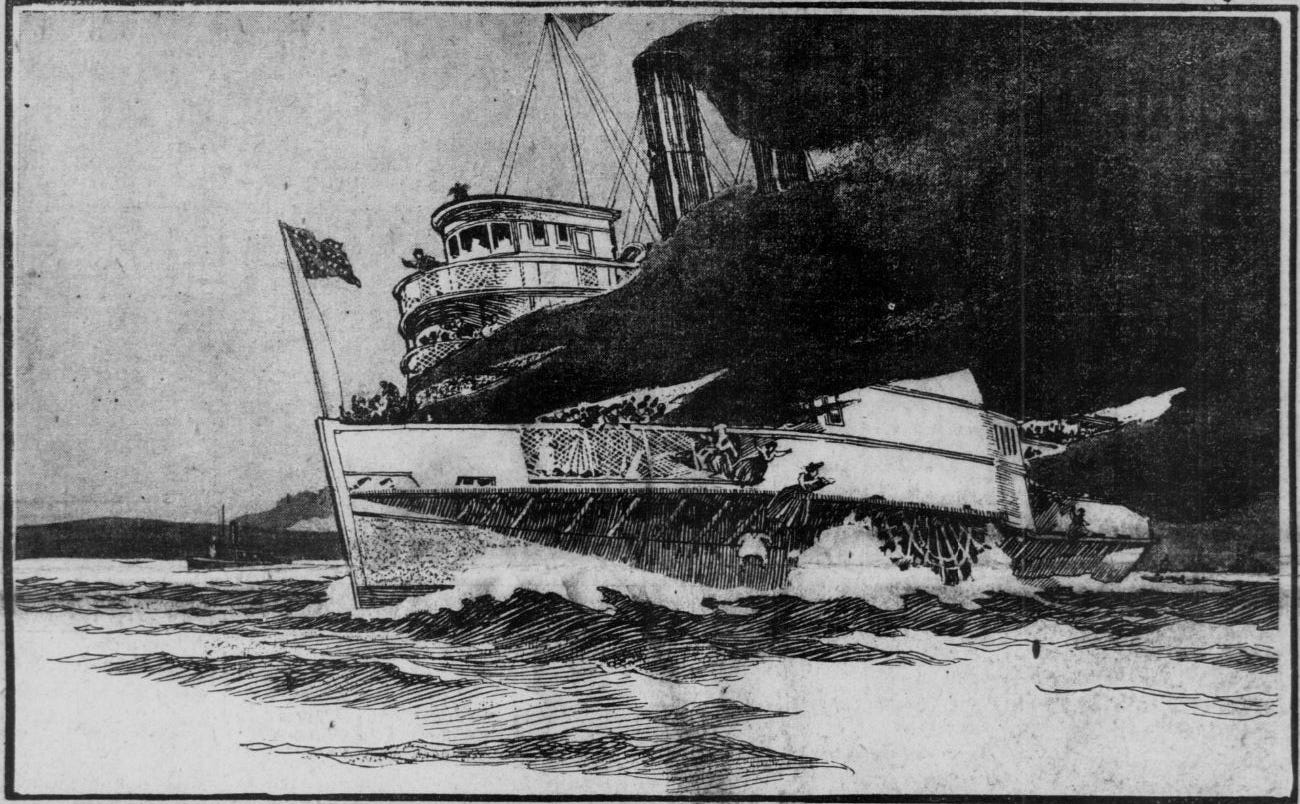

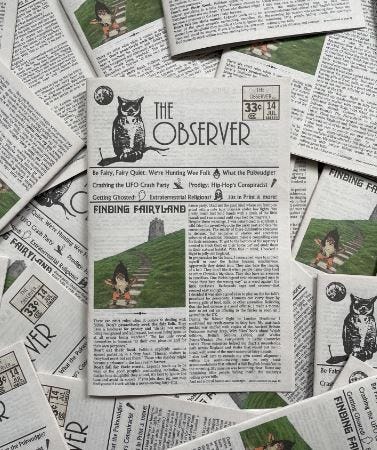

Can't wait for the third part!
Love the work you do.
Nice.
Just had the old PE & MP anniversary on the 40 year biorhythm.
PM or somebody intimately related to those stories said this year, 8/12/23 that all the old machinistic portals and such would be closed and rifts healed.
Peter was in a cave in Romania, not at Montauk Point...
Who knows?!